Music conferences are interesting and educative to music lovers. If the morning sessions attract musicologists and theory-aspiring students, the evening concerts attract a huge audience from all parts of Mysuru. As is the practice,JSS Sangeetha Sabha, Mysuru, conducted its annual conference from Dec.2 to 6, out of which the second, third and fourth mornings found music aspirants at Navajyoti auditorium, JSS Women’s College, Mysuru.
N.R. Prashanth from Mysuru gave a lec-dem on ‘Raganusandhana’ (Raga Approach). Starting from involving oneself in a raga, he explained how devotion or Bhakti can manifest itself in a raga. Shubha Santosh presented a paper on ‘Types of Tana.’ The presentation of Shuddha and Koota tanas with the veena illustration was impressive.
Well-known mridanga artiste H.S. Sudheendra gave an authoritative demonstration on ‘Rare talas.’ Quoting references from Bharata’s time, he mentioned that there have been about 1740 talas documented so far. He also mentioned that unfortunately the tala cantos in our Sanskrit scriptures have not been translated. He also illustrated several talas referring to Simhanandana, Navasandhi, Suladi, Sharabhanandana, Deshadi and madhyadi, etc. He quoted from books like Someshwara’s ‘Manasollasa,’ Sarangadeva’s ‘Sangeeta Ratnakara’ and Venkatamakhin’s Chaturdandi Prakashika and introduced many new talas. He also explained how these have been effectively used by the Trimurtys in their kritis.
Dr. K. Vageesh gave a lecture-dem on Deekshitar’s ‘Mantradi Agama Shastra – An analysis.’ He illustrated a huge number of Deekshitar’s kritis unveiling mantras, yantras, pranavas, agamas and pancha dashaksharis in them. ‘Dasha Vidha Raga Kusuma Manjari’ by Adibhatla Sri Narayana Dasar is a rare musical wonder, in which the author has brought together Lakshya-Lakshan Samanvaya – A confluence of theory and practice. The structure of the Manjari — It has a total of ten navatis in ten jaatis, each navati having nine ragas, making it a total of ninety ragas. The languages used are Sanskrit and Telugu. Like Deekshitar, Narayana Dasar has used ‘Raga Mydra’ in each raga’s composition as an adjective to Devi or Bhagavati. The very name of the essay ‘Panachamukhi’ refers to the five faces of Shiva. How Panchamukhi can be performed simultaneously in one cycle by using various physical movements including head, thighs and hands was beautifully illustrated by Srikantham Nagendra Shastri and his nine disciples. How a sixth anga can also be used, which can be called ‘Shanmukhi’ was also shown. Rare ragas like Dundubhi, Chandrikalola, Kaumari and Jeevaranjani are used in the essay with ragamudra.
Dr. Hamsini Nagendra gave an interesting lecture on the ‘Variety in modern pallavis.’ She explained the word pallavi and its parts — Sahitya, Tala (laya) and raga, out of which sahitya is related to language. It was interesting to note how padagarbha is automatically got in compositions as in ‘Bhagyada Lakshmi Baramma’ and so this sahitya can be adapted as the sahitya of the pallavi. Swarakshara pallavis, yati in pallabvis as in ‘Sacchidananda Chidananda Ananda mukunda’ (Gopucchayati) and Shrotovahayati as in ‘Geetapriye Sangeetapriye Sada Shanmukhapriye.’ While explaining raamudra in pallavi Hamsini demonstrated ‘Yadukulatilakaa Peetambaradhari’ in Kapi and drew the listener’s attention to the fact that the name of the raga is arrived by the combination of the last letter of the first word and the first letter of the second word.
Pattabhi Ram Pandit presented a paper here on the concept of Raga. He first took up the word Raga and explained its origin in the 3rd and fourth century BC by Matanga and the classification of ragas, usage of ragas as used by composers and ancient singers, which was illustrated by several recordings of the past. He explained how raga is highly related to spirituality. He also explained how a raga like Chintamani would never exist today but for its only composition in the raga — ‘Devi Brova Samayamide’ by Sri Shyama Shastri. So also Jingala but for its only composition — Sri Tyagaraja’s ‘Anathudanu’. ‘Ragas for purpose’ was also taken up in his lecture wherein rasas and music therapy were described. To attract more audience to the morning sessions the sabha can perhaps include colorful musical dramas based on the life of musicians and musicologists.
—Dr. Padmavathi Narasimhan
Follow Star of Mysore on Instagram www.instagram.com/starofmysore



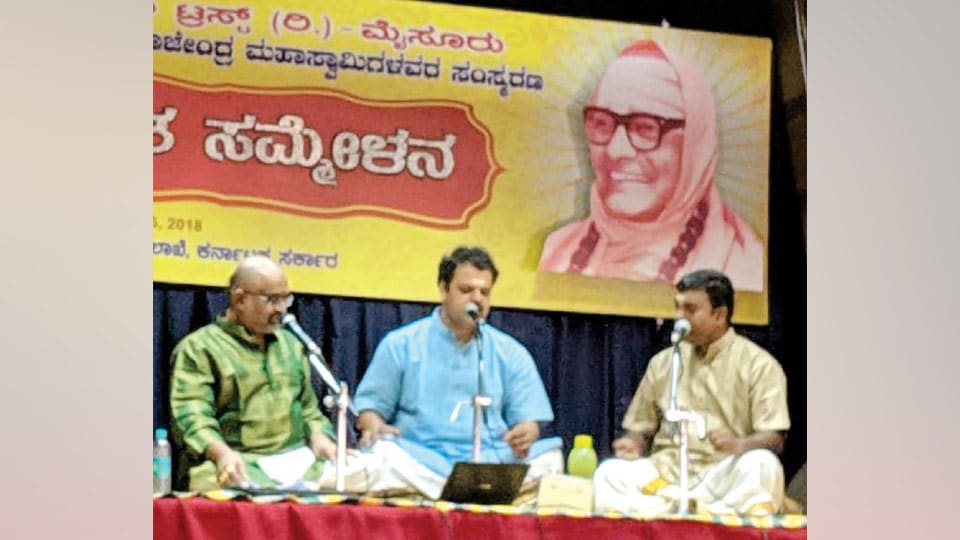
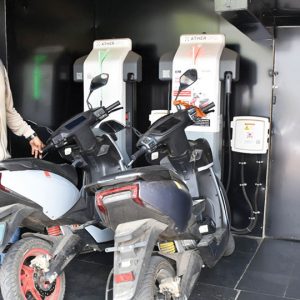
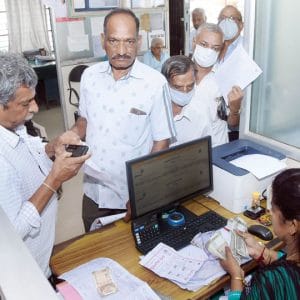
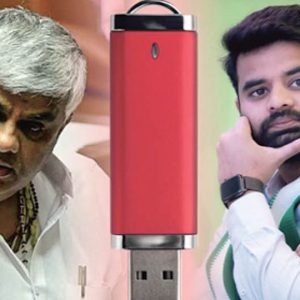
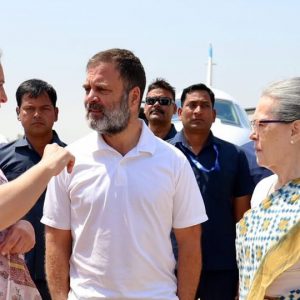
Recent Comments